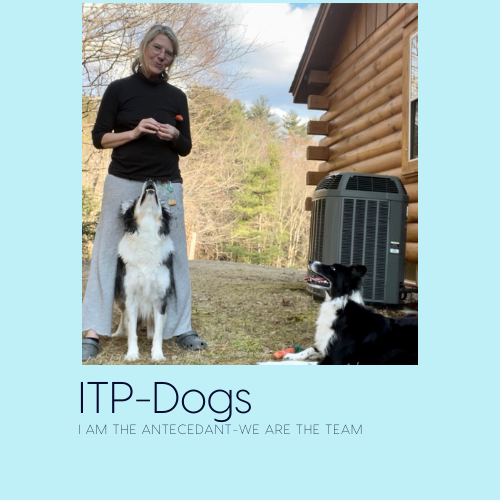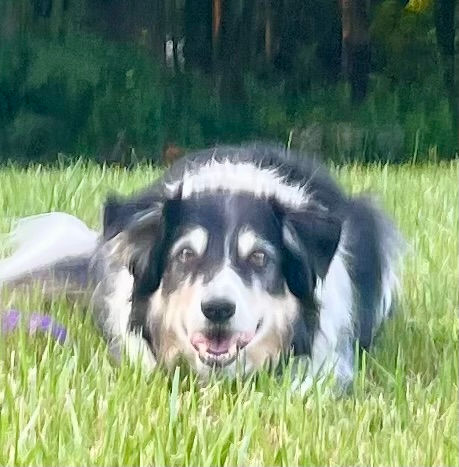Immersive Therapy Practice
- Emily Rogeness
- Aug 16, 2021
- 3 min read
Updated: May 10, 2022
We are the antecedent to our dog’s real time experiences.

We introduced them to almost every environment they've entered.
We set all the bars for them and we chose the skills we helped them acquire and the ones we bypassed.
We selected the value of their activities for them based on what we value or perceive as what our dog values. In implementing
In ITP, we examine our dog’s environments and what skills we need to help them acquire and perform in a way that is most comfortable for them.
Three pieces are integral components of creating an ITP learning plan: you, your dog and your goal environments..
Who your dog is is as important as where your dog is.
You can become akin to your dog’s life coach and lift up your dog’s ability to be successful in the most important areas of their lives. We make meaningful changes in how our dog feels when we examine how we are presenting information and situations to them. Many times, a major schism occurs with dogs based almost wholly on how a new situation was presented to them. ITP is about thinking of novel and creative ways we can introduce newness to our dogs. Altering how we introduce new people, dogs and environments to our dogs both by giving them hints through scent and sound and by teaching them some self management skills reframes new experiences for everyone. Practicing ITP engagement with them in low stress areas so it’s not simply pretty leash work. It's akin to healing the broken leash.
It is sometimes relevant to consider if what we are asking from them is fair to us as a team.
Family and home life is probably a wonderful location for practicing all new skills before taking them out and about. Home is where we spend a great percentage of our time and (for many but not all people) home is where we can feel comfortable going off script and playing with some of the skills we’re training. At home we are less likely to feel a sense of performance urgency that spontaneously appears when we’re in public. This is especially true if our our dog has had some tough times and we have felt embarrassed by them in the past. Our vigilance goes from the loop of the collar straight down to our dog. Increasing the cost of failure gradually gives us more agency with ourselves and our dogs plus we have ‘relationship practice’ to draw from
We are translating to our dog versions of what we want to see from them throughout days, weeks and years ahead. Often we communicate using words and tools (clickers included). It’s become a cultural trend to assume our dogs will come around to understanding what we want from them. That can be a tough road to a successful outcome. If many of our dog’s daily events are tainted with anxiety or stress then their conditioned emotional response to being on the planet is also tainted. We need to work on lifting them up with skills and events that will feed their spirit.
Every day our life skills and performance capabilities are evolving as we are practicing, both the four legged and the two legged. Everything is practice. By examining how what we do can make their understanding of their world more clear we become a more predictable antecedent in every situation we walk our dogs into.
The foundation of ITP is working toward greater understanding of what our dogs' most functional, brightest and least worried or concerned demeanor looks like and planning with that dog in mind. Important shifts occur when you make some basic changes your dog trusts you more because you have evolved into a more trustworthy partner.

Copyright Emily Rogeness 2022



Comments